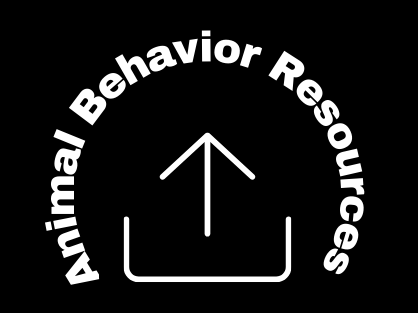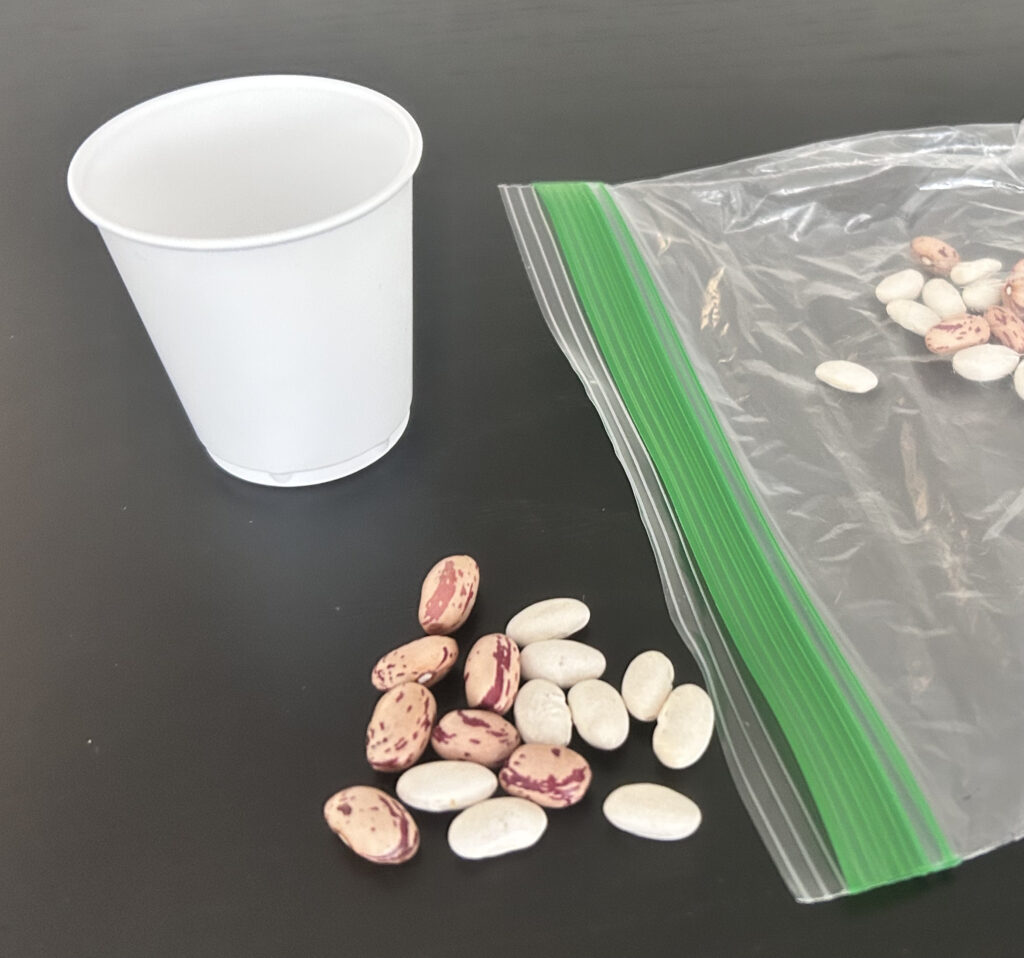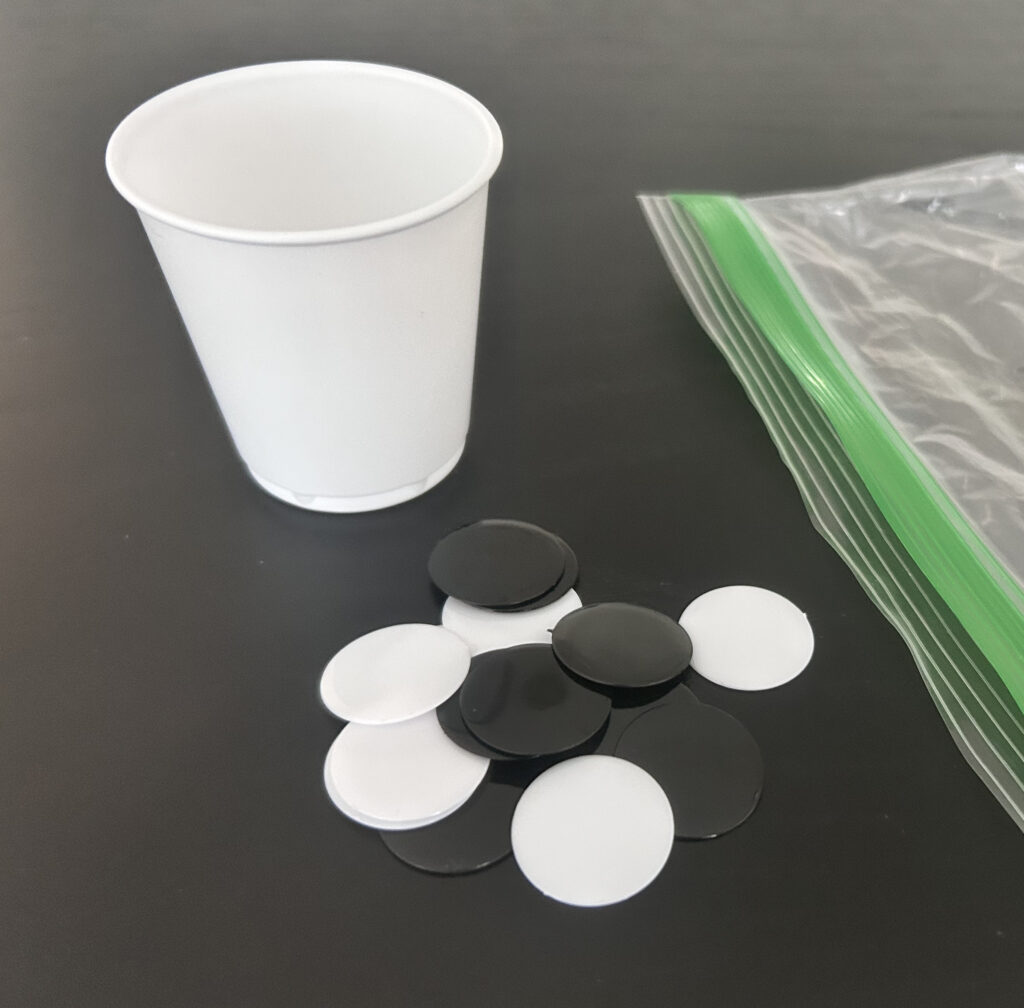https://reactingconsortium.org/games/kansas1999
Henderson, D. E. and Daughtrey, T. (n.d.). Evolution in Kansas, 1999: Evolution or Creationism. Reacting Consortium. https://reactingconsortium.org/games/kansas1999
Class Size: 12-30+ students, has been played in classes of up to 60
Class Time: 2 to 3 setup sessions and 5 to 6 game sessions are recommended.
Game is under development so instructor must join Reacting Consortium and request to access content.
Synopsis: “Christian Conservatives on the Kansas Board of Education have deleted macroevolution and Big Bang cosmology from the state science curriculum. The game centers on the election of a new Board of Education which must, for legal reasons, revisit the decision. Students will campaigns for office through press conferences, sponsored debates, and are encouraged to involve the larger campus community in the issues. Following the election, the Board meets to resolve the science curriculum issue.
This game raises many questions about the role of religion in American society, the power of religious fundamentalism in the modern world, and the nature of science. Faculty can tailor the course to focus more on issues of civil religion or on modern Cosmology and evolutionary theory.”




